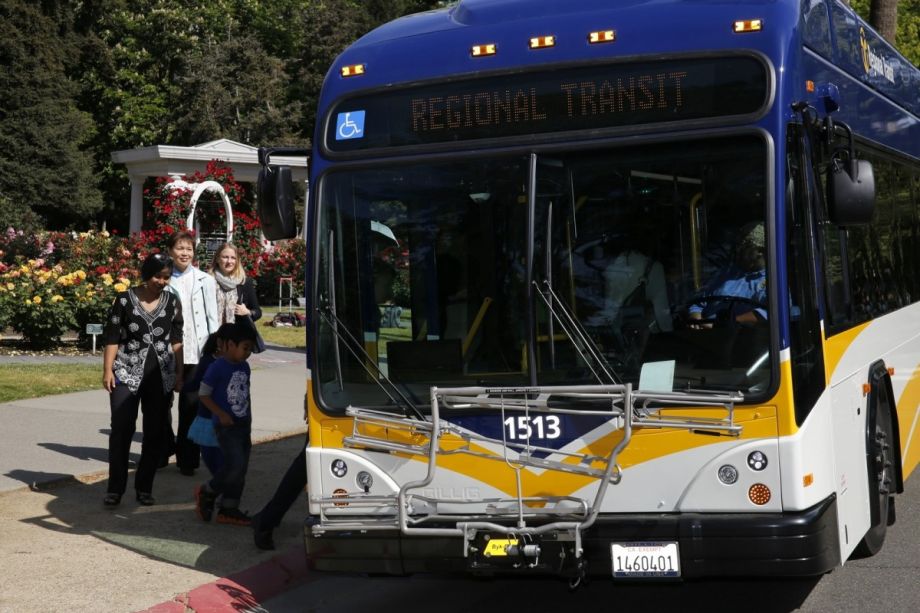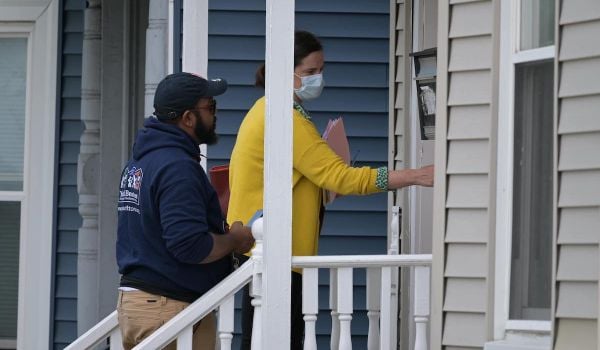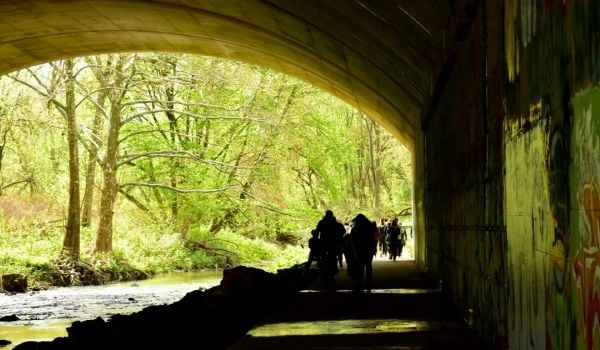More than two years after Nancy Erbstein, a professor at the University of California, Davis, published findings that chronic absenteeism in the Sacramento City Unified School District could often be traced to a lack of transportation, the region’s school-age children will get a free transit pass to use Sacramento Regional Transit (SacRT) public buses and light rail at all times — day, night and weekends.
Sacramento and three neighboring cities, Folsom, Rancho Cordova and Citrus Heights, are contributing funds for the program. According to Jessica Gonzalez, a spokesperson for SacRT, students from all public, charter and private schools will be able to obtain the free passes because a “systemwide” approach is easier to implement. When it launches October 1, Gonzalez says the agency is expecting to accommodate between 150,000 and 200,000 minors over a 400-square-mile area that includes more than 200 public schools.
“California school districts are cutting their yellow bus service,” Alex Karner, a professor at the University of Texas at Austin focused on transit equity, tells Next City. As schools have faced budget cuts, he says, they have scaled back on transportation. The Sacramento City Unified School District voted to eliminate all home-to-school busing in the 2012/2013 school year for prekindergarten through sixth grade, except for special needs students. At the same time, students are less likely to walk or cycle than they were decades ago. “So, districts are kind of implicitly relying on public transit and parents to fill that gap. There’s reason to believe that it doesn’t work super well,” Karner says. Erbstein surveyed children at three schools for a report on youth transit, which Karner co-authored. “About 25% of kids reported missing at least one day of school in the last month due to transportation issues,” Karner says.
To ensure that young people can access the passes easily, SacRT is working with the Sacramento Public Library, which will distribute them. Gonzalez says that children who are home-schooled can obtain passes this way, or by coming into the SacRT customer service center.
The program won’t address all public transit access inequities. Half of high school-age students surveyed by Erbstein would face a 45-minute, one-way trip if they used public transit to get to school. Additionally, Karner says, the results showed that black children were particularly disadvantaged by transportation disparities.
“[SacRT] is coming off of a long period of service cuts to disadvantaged neighborhoods even though low-income people contribute more to fares than wealthy people do,” says Jonathan London, faculty director at the UC Davis Center for Regional Change. London co-authored a 2016 report with Erbstein and Karner about transit equity in the Sacramento area.
Jay Schenirer, who is on Sacramento City Council and a SacRT board member, says the agency has been reviewing its coverage. Some bus routes, Schenirer says, haven’t changed for decades, despite population shifts.
Voters in the region will also cast their ballots in November 2020 on a countywide, $4 billion ballot initiative that would increase sales tax. Part of those funds would go toward public transportation. London, who thinks that a cumulative impact of SacRT changes could have “a multigenerational impact,” points to funding from California’s gas tax and greenhouse gas reduction fund revenues as additional potential sources.
The impetus for the free transit pass program didn’t just come from the ivory tower. Youth, London says, also helped generate momentum by conducting action research — research designed and conducted by the people affected by the issue being studied — before the Davis studies. That work was sponsored by Sacramento ACT, which addresses economic and racial injustice. London also points to a youth group in Oakland that campaigned for free bus passes and convinced the Alameda County Transportation Commission to create a similar program.
Schenirer says the transit pass program has attracted support from the private sector too. He says Sutter Health, a healthcare provider based in Northern California, has offered to fund an evaluation of the initiative to see how well it works.
“Other transit agencies are definitely watching, and they are going to be interested,” Gonzalez says.

Zoe Sullivan is a multimedia journalist and visual artist with experience on the U.S. Gulf Coast, Argentina, Brazil, and Kenya. Her radio work has appeared on outlets such as BBC, Marketplace, Radio France International, Free Speech Radio News and DW. Her writing has appeared on outlets such as The Guardian, Al Jazeera America and The Crisis.
Follow Zoe .(JavaScript must be enabled to view this email address)
















